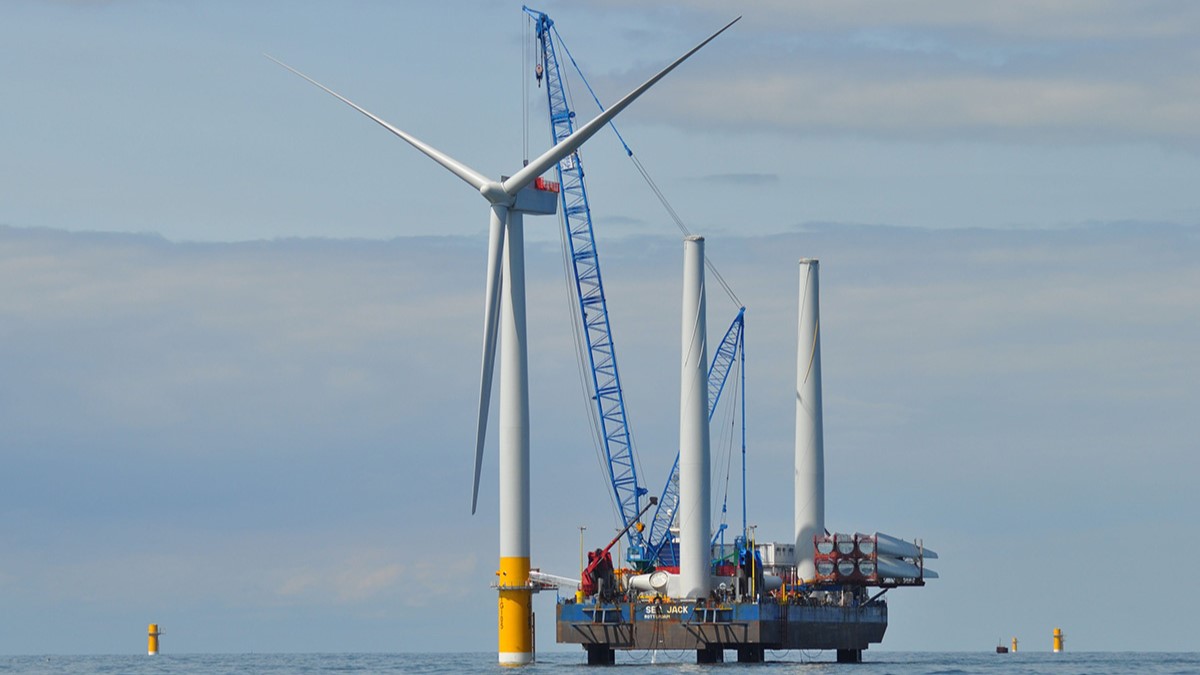The UK Government has today announced an initial budget for the next offshore wind auction round (Allocation Round 7, or AR7). The initial proposed budget is £900m for conventional bottom-fixed offshore wind and £180m for floating wind. This would “buy” only 5 – 6 GW of capacity in the auction. The UK currently has 16.6 GW in offshore wind and wants 50 GW by 2030. They have only this auction and the one next year to deliver that. The proposed budget would leave the UK falling well short.
Crucially, with this budget, the UK would miss out on £53 billion in private investment and 45,000 jobs. Every gigawatt of offshore wind brings £2–3 billion to the UK. And they’ve got the projects ready to deliver these benefits. More than 20 GW of offshore wind are ready to bid in this auction. But only around a quarter of those would actually go forward with this budget.
The initial budget announced for AR7 isn’t a fixed amount of money that will definitely be spent. Instead, it sets a maximum limit for how much the government is willing to support through the auction. The actual cost will depend on future electricity prices. For example, in a previous round (AR2), the government set aside £290 million, but because electricity prices rose sharply during the energy crisis, the projects actually paid back £120 million to consumers.
The government has also set a maximum price it’s willing to pay for electricity from these projects: £113 per megawatt-hour for bottom fixed offshore wind and £271 per megawatt-hour for floating wind. These prices reflect the fact that floating wind is still a newer and more expensive technology.
The UK leads the rest of Europe in offshore wind. An auction with these lower volumes than expected would undermine that leadership. And ti would impact adversely on the wider UK and European wind energy supply chain, which is counting on big volumes in AR7.








